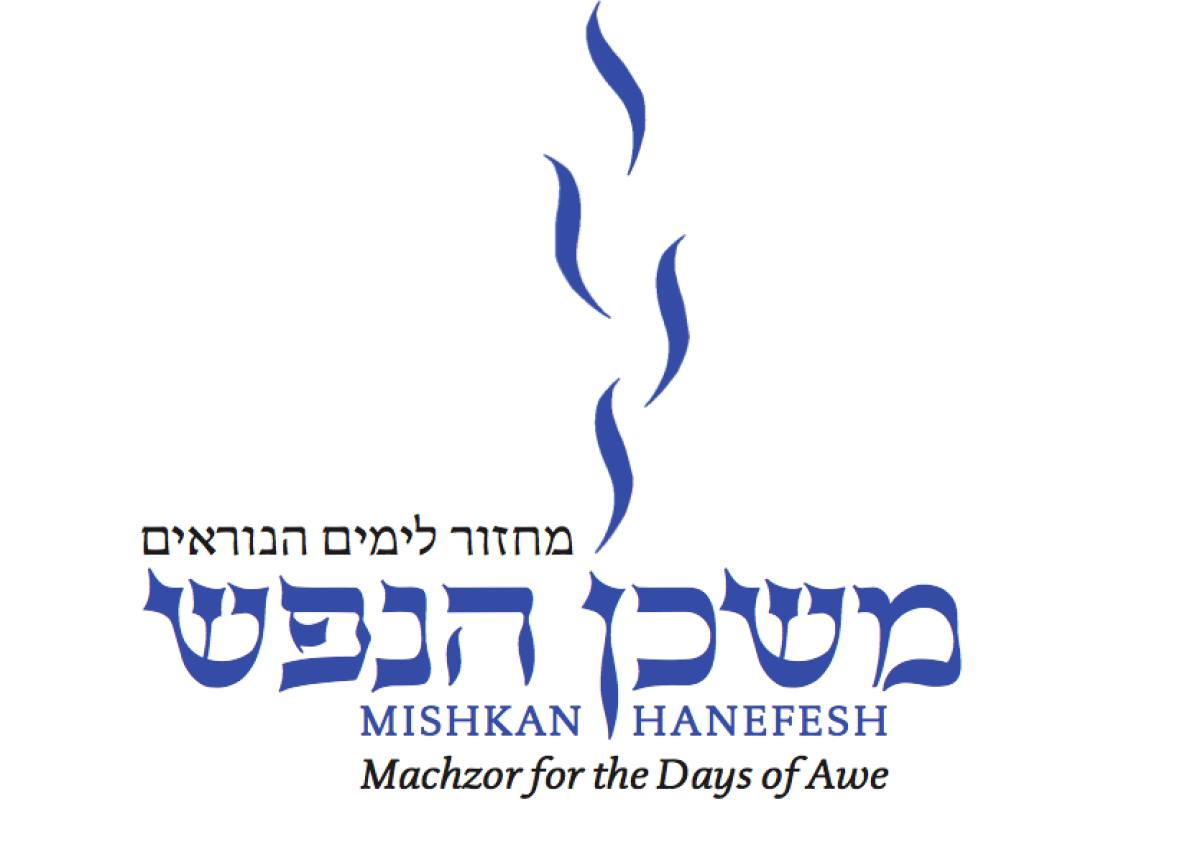This Rosh Hashanah and Yom Kippur, many Reform congregations in America will be praying from a new book, Mishkan HaNefesh. The familiar prayers, like “Kol Nidre,” are there, but the first new machzor, or High Holiday prayer book, to be issued by the Reform movement since 1978 aims to be accessible to Jews of all stripes. It also strives to appeal to LGBTQ members who can be turned off or ostracized by the way some of the traditional prayers address—or fail to address—their lives.
Los Angeles’ Beth Chayim Chadashim, the world’s first gay and lesbian synagogue, is one congregation that will be using the new machzor—representing the first time it has adopted one of the Reform movement’s prayer books. (On most Sabbaths the congregation uses a prayer book of its own creation, which also contains many of the traditional prayers.) Senior Rabbi Lisa Edwards told me that the congregation is excited about the change. “People who identify as ‘other’ have been ‘othered’ by communities or religions. This is a book that intends and will succeed in welcoming everybody everywhere.” Edwards is one of the many people who have contributed essays to the prayer book, which contains the traditional text on the right side and commentary, translations, and stories on the left side, like the Reform movement’s weekday and Sabbath prayer book, Mishkan T’filah.
The new machzor emphasizes the translations and new commentary without changing the substance of the prayers. And while many of its changes have already been adopted by some congregations—for example, to avoid rigid imposition of gender roles, instead of calling people up to the altar as “son of” or “daughter of,” as is traditional, some synagogues will also refer to people as being “from the house of”—canonizing them in a machzor represents a formalizing of the new ways. Other changes represent a shift in mindset, like the way the machzor translates every instance of marriage in a gender-neutral way.
A more pertinent example of ways the commentary lends the prayers a new tone is the “Al Chet” confessional prayer, which is recited countless times over the High Holidays and contains a passage asking for forgiveness for sexual impropriety. While the traditional text remains the same in Hebrew—and is translated in the machzor as, “The ways we have wronged You through sexual immorality,” with sexual immorality being the translation for a Hebrew term that typically includes sex between men—the opposite page contains lines like, “For pretending to emotions we do not feel, and for appearing to be other than what we are.”
Rabbi Hara Person, the publisher and executive editor of the machzor, told me that this was very important element in the planning of the new prayer book. “There’s a sense that some of what’s being addressed in that language is their reality, so when we created the translation, we tried to frame it in a way that doesn’t feel negative or pointed at a particular community.” She added that the goal of the machzor is to create an accurate representation of what Jewish families look like today. “We don’t want to be closing doors to anyone. That’s part of what a machzor is for the 21st century.”
